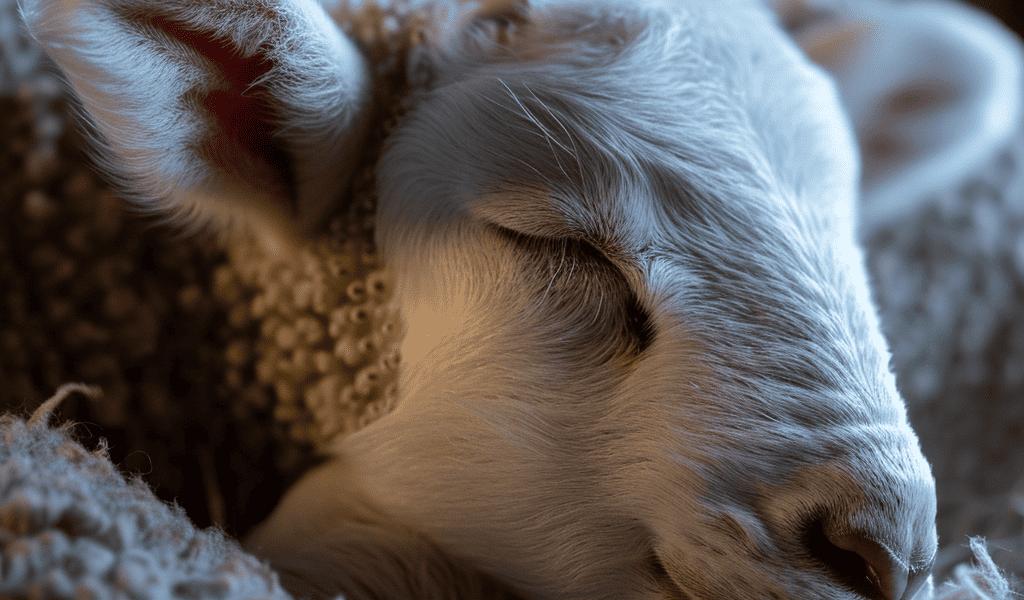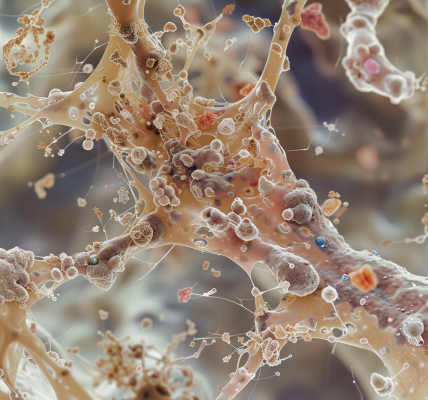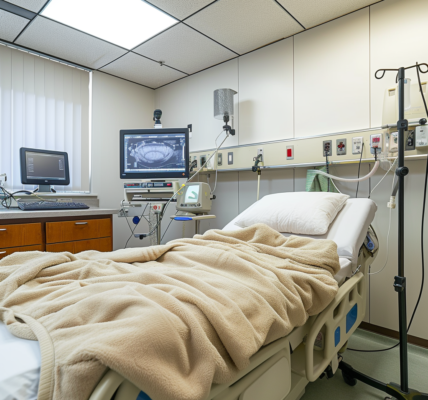Scientists have announced human trials for an artificial uterus could be approved this year, bringing hope to the 15 million infants born prematurely each year in the US.
A team at the Children’s Hospital of Philadelphia successfully tested the womb with preterm lambs, finding the animals ‘opened their eyes, became more active, had apparently normal breathing and swallowing movements’ while in the sac.
The main reason half of preterm babies don’t survive is their lungs aren’t fully developed due to premature birth, and they have a hard time transitioning from breathing in the amniotic fluid to breathing air.
The team conducted 300 successful tests, finding the animals had normal brain development and stable nutrition as if they were feeding off their mother.
The Food and Drug Administration (FDA) has met with experts to discuss the following steps to bring the artificial uterus, called EXTEND, into human trials – and is set to announce a decision later this year.
A baby is typically born between 37 and 40 weeks of gestation, but a premature baby is identified as being born at 28 weeks or earlier.
Most premature infant’s problems stem from lung immaturity, so the artificial uterus works to replicate the same environment the baby had before its birth.
The artificial uterus works in two ways: First, by connecting the fetus’ umbilical cord to an oxygenator, which circulates the blood and places it in a fluid sac, mimicking the womb and allowing the fetus to breathe and swallow amniotic fluid as it does during development in the uterus.
Emily Partridge and her team at the hospital used lambs because the majority of knowledge about human fetal development was derived from the lamb, including fetal circulation and developmental events.
The lambs were born between 106 and 113 days, the biological equiv





